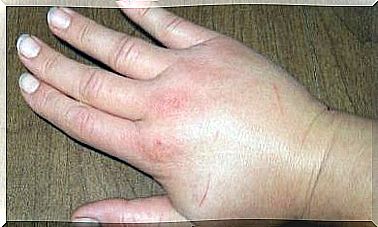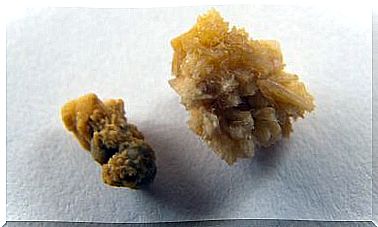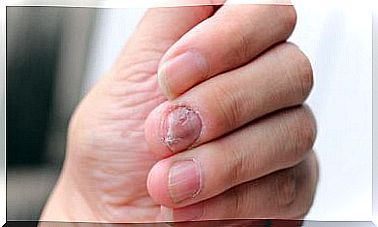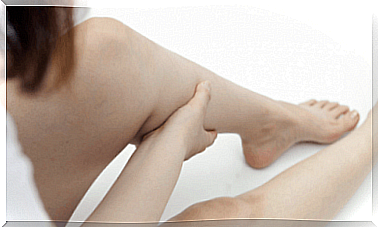Exostosis Surgery: When To Operate?
When there is severe exostosis in the external auditory canal, usual measures are not enough to treat the problem, so surgery should be resorted to.

Surgery for exostosis of the external auditory canal is indicated in cases where there is a total or near total closure of the external auditory canal.
In the initial stages of exostosis, as in its advanced stages, it is very difficult if not almost impossible to have a completely clean ear. This has the consequence of making otitis externa recurrent, and we may even suffer, in the long term, from hearing loss.
What is exostosis of the external auditory canal?
Exostoses of the external auditory canal are benign bony growths. These bony growths develop in the ear canal, causing the ear canal to narrow. Usually, these are bilateral formations. Indeed, they appear on the antero-inferior and posterior walls of the external auditory canal of the ear.
Although the exact cause of exostosis is not known, the most common theory is that it occurs due to irritation of the external duct associated with repeated contact with cold water. It is for this reason that exostosis of the external auditory canal is very common in people who practice water sports.
Are there any symptoms?
In the majority of cases, exostoses are asymptomatic. They are diagnosed by chance during a hearing test. Usually, they develop very slowly and do not produce symptoms at first.
However, as they grow and the duct closes, the first discomfort begins to appear. The growth of exostoses promotes the retention of earwax and water in the ducts. This retention will cause repeated otitis externa to appear.
In general, if the obstruction of the external auditory canal is less than 60%, there are no problems. However, in patients with obstruction greater than 80%, there is a greater possibility of suffering from otitis externa and transmission hearing loss.
Treatment
For the treatment of milder cases, it is sufficient to perform suction and cleaning of the ears. In addition, follow-up checks should be carried out to observe growth. In this way, complications can be avoided during the initial phase of the disease. However, for infections, the use of antibiotic ear drops is often prescribed.
Exostosis surgery
In more severe cases of exostosis, when the stenosis of the ear canal is almost over, surgery is used to remove it.
There are several techniques for performing exostosis of the external auditory canal. Some of them are performed under local anesthesia, and others under general anesthesia. Also, the root canal approach can be a retroauricular approach or an endaural approach.
Thus, several methods are employed to eliminate exostosis. Some techniques use milling, others use the chisel, and still others use the laser. In addition, it should be noted that certain surgical techniques eliminate exostosis from all the walls of the external auditory canal, and others only from the anterior wall or even from the posterior wall.
Possible complications after exostosis surgery
Surgery for exostosis is not straightforward, as the patient may suffer from several complications following the operation. Some of the more common complications are:
- Postoperative canal stenosis.
- Facial nerve damage.
- Perforation of the eardrum.
- Injuries to the temporomandibular joint.
- Deafness.
Exostosis surgery is performed under general or local anesthesia. It is performed through an incision behind the ear and under microscopic vision. Normally, the patient can be discharged after one night. The stitches are removed one week after the operation, and the earplug after two weeks.
The patient can resume daily life and work in 7-14 days. In general, it is recommended not to wet the ear until the new duct has healed properly. This healing process can take between 1 and 3 months. As for the post-surgical results, in the majority of cases we manage to resolve the problems of obstruction and ear infections.
Can exostosis be prevented?
While it is true that the use of earplugs by nautical athletes is widespread, its effectiveness in preventing exostosis has not been proven.
Sometimes, in patients with exostosis, the plugs can even push the earwax inward, making it worse. The specialist will analyze each case and, depending on the patient’s habits and the degree of exostosis, will recommend the best option.









